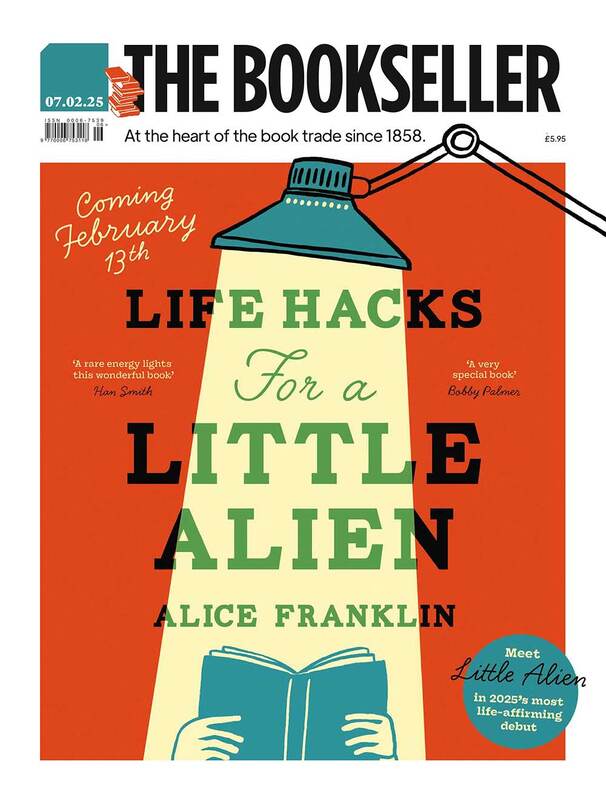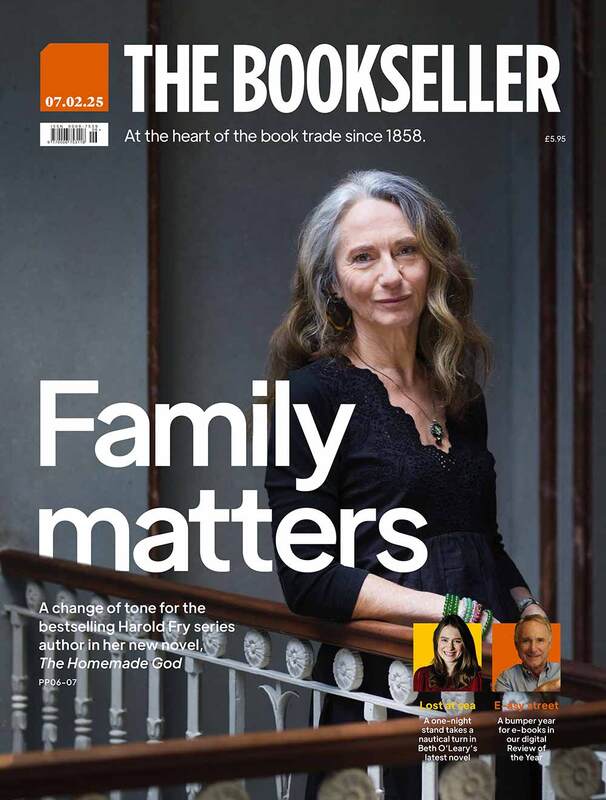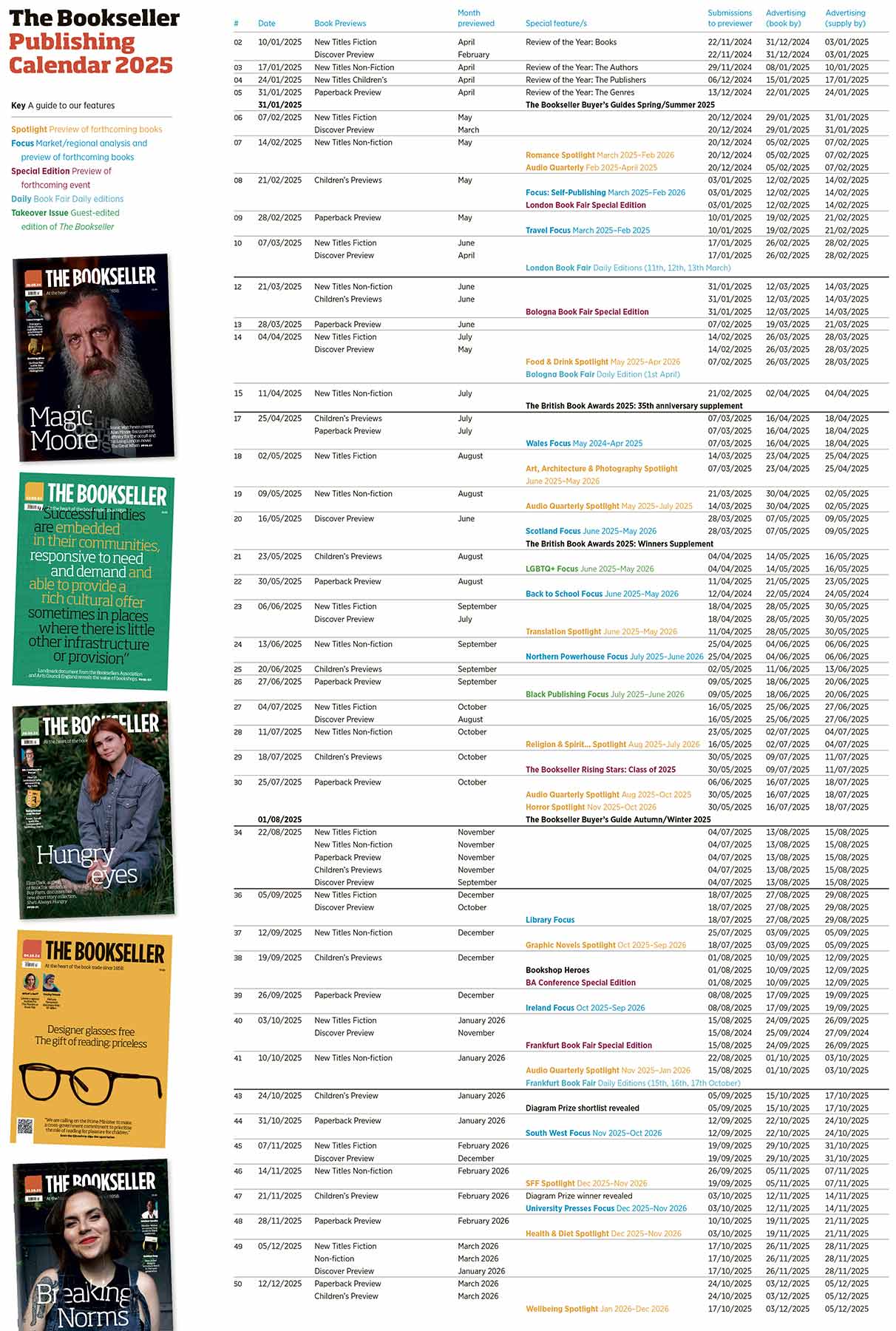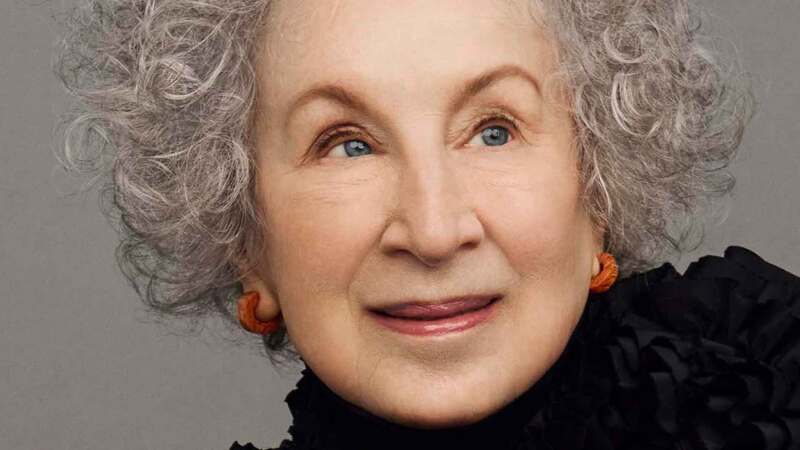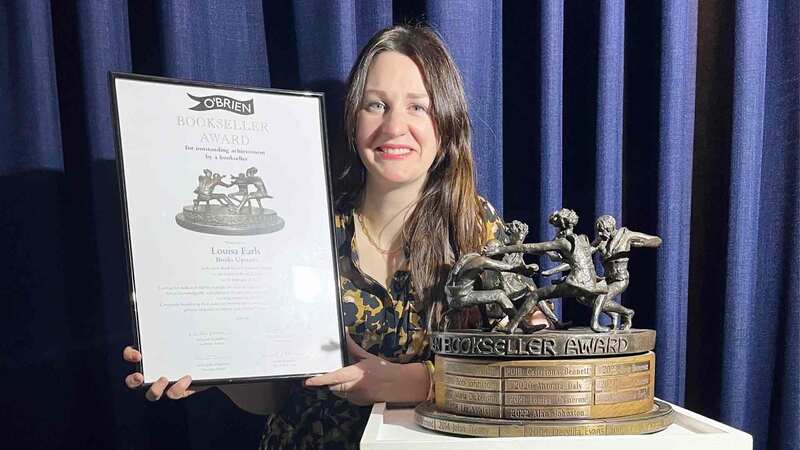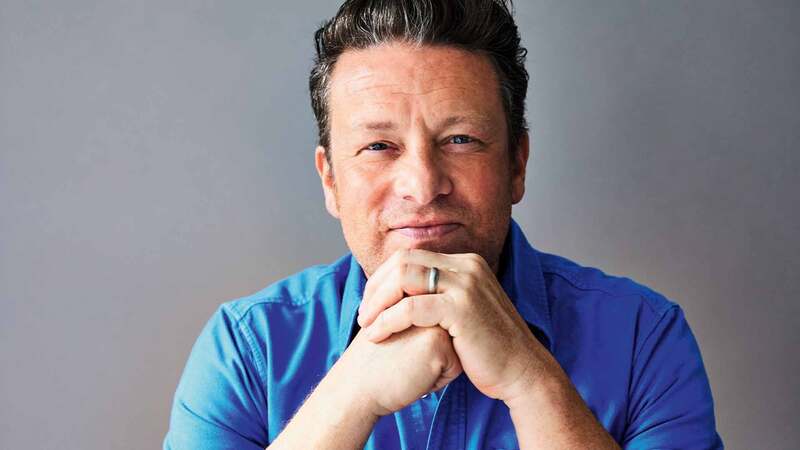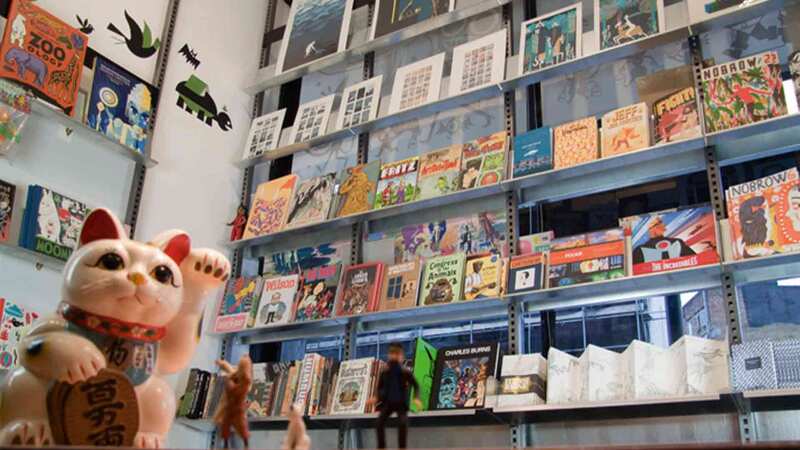You are viewing your 1 free article this month. Login to read more articles.
Meera Syal | 'I have grown up biculturally and I am continually interested in the dovetailing of those two cultures'
Actor, comedian and writer Meera Syal is a busy woman. Her acting credits include “Goodness Gracious Me”, “The Kumars at No. 42”, and “Doctor Who” and she was most recently on our screens in “Broadchurch”, as well as getting rave reviews for her performance in “Behind the Beautiful Forevers”, which is nearing the end of its run at the National Theatre.
Her first novel, Anita and Me (1996), was based on her own experience growing up in the only Punjabi family in a Midlands mining town: “It was an amazing preparation for life to be right in the middle of a white working-class community. It made me search for meaning, self-identity and self-worth from very early on in a way that maybe I wouldn’t have had to do if I had grown up like most of my friends in the city: with a lot of other people just like them. So right from the word go I was an outsider and that is a great place for a writer.”
Syal’s third novel, The House of Hidden Mothers (June), truly is long awaited—she is grateful to all at Transworld for their patience—but she was looking for the spark, the “tingle at the base of the backbone”, that would let her know she had found the right subject. “Then I saw a documentary about a surrogacy clinic in Delhi, and that was it. All the jigsaw pieces of the things I wanted to write about came together and everything flowed quite quickly.”
Surrogacy is a deregulated, multi-billion dollar industry in India—although that may soon change, with new legislation currently going through parliament. But Syal wanted to capture a moment that resonated with one of her favourite books, The Handmaid’s Tale by Margaret Atwood, which provides the epigraph to her novel. She says: “We have outsourced fertility in a really interesting way and it is a real metaphor for the relationship between India and England. The power balance is shifting all the time. So for all those reasons the story presented itself.”
The novel opens in a Harley Street clinic. Shyama, a likeable, successful woman in her late forties who already has a grown-up daughter is embroiled in the “time-consuming, expensive grappling with nature” of IVF with her younger partner Toby. When she learns that she has an “inhospitable womb”, the pair’s thoughts turn to surrogacy and they head off to India, where the process is much cheaper. Mala is their surrogate. She has grown up in a village where newborn girls are thrown away and the money she will be paid—once her husband has signed the consent form—is beyond anything she could imagine.
The perspectives of all of the characters are so well shown that I couldn’t work out where, if anywhere, the author’s opinion might sit. “I don’t have a judgemental opinion about surrogacy because I see it from all angles. There are the people who are desperate for children—I have so many friends who have been through that horrible journey—and I can also see this from Mala’s point of view. And [surrogacy clinic staffer] Dr Passi genuinely feels she is doing a great service to the world. It’s too complex a subject to have a black and white opinion about.”
Syal did a lot of internet research and talked to a couple who have had two children via Indian surrogacy: “They have been incredibly generous and open with their time. You can get your factual stuff from sources, but there is nothing like talking to people who have been through it. They were invaluable.”
Surrogate politics
The story is built around the relationship of Shyama and Mala, and how it evolves when Shyama invites Mala to England for the duration of her pregnancy: “Here are two women—one Indian, one of Indian origin—who find each other and need something from each other. How deep and complex is that relationship between an intended parent and a surrogate, and who holds the power? All of my thoughts have been about female friendships and relationships between women and politics of feminism, I suppose.”
There is humour galore, too, and linguistic fun and games in this multicultural banquet of blended families. While the novel brims with an urgent desire to address issues, the reader is always completely engaged with the dilemmas of all the characters. I ask Syal how she achieved this balance: “When I read a book or go to see a play, I don’t want to be preached. I want to feel the emotional connections between the characters and to follow them on a journey. So as long as people invest in the characters, I’ve done my job. Mala sprang off the page, she was so desperate to speak. Sometimes that happens. I knew I wanted her to be really self-aware; an intelligent woman trapped by circumstance.”
I think I’m just picking up on all the things that have been whirling around in my head and in my life and in the lives of people I know. They are all very ‘live’ issues
As the novel draws to a close, the action touches upon the real-life case of the young woman who was brutally raped on a Delhi bus in December 2012 and died shortly afterwards. “It’s been a huge event and I was heartened to see the amount of men [who took to] the streets to say ‘Not in my name.’ It’s a huge issue for the generation coming up in India—that and corruption. Plus the fact that I see a number of the third generation born here going back to India to work. Suddenly there is real traffic between the two countries. Where it used to be people looking towards the West, we are all turning east now. I think I’m just picking up on all the things that have been whirling around in my head and in my life and in the lives of people I know. They are all very ‘live’ issues.”
The subaltern
We share a rueful laugh when I tell Syal of a recent radio broadcast discussing books, in which two white men agreed with each other that there were no new stories, that everything had been told, that the only creative possibilities left were in remix. “That’s why voices from the minority can be so illuminating, because they are coming at an old situation from a completely different viewpoint. It’s a wonderful thing. I’m never short of stories to tell. I just have to sit in a room with a few of my relatives and I come away with so many that haven’t been told. And they are all universal—people loving and living, surviving and failing.”
I wonder whether Syal is conscious of any pressure to be representative of her ethnicity or gender: “I don’t really think about it when I’m writing, and I try not to think about it in most areas of my work. All three of my books have been refracted through a specific cultural lens because there is a story I am passionate about that hasn’t been told.
“I have grown up biculturally and I am continually interested in the dovetailing of those two cultures. I like to think that when you are good enough, people don’t go ‘X, the Asian writer’ or ‘X, the black actor’, they just go ‘X, that really good writer’ or ‘X, that really good actor’. That’s the point you want to get to. If other people want to attach labels to me, I can’t stop them. All I can do is write my version of the truth.”
Metadata:
Imprint Doubleday
Publication 04.06.14
Formats HB (£14.99)/
EB (£15.65)
ISBN 9780385410731/ 9781473525023
Editor Jane Lawson
Agent Georgia Garrett, Rogers, Coleridge & White

